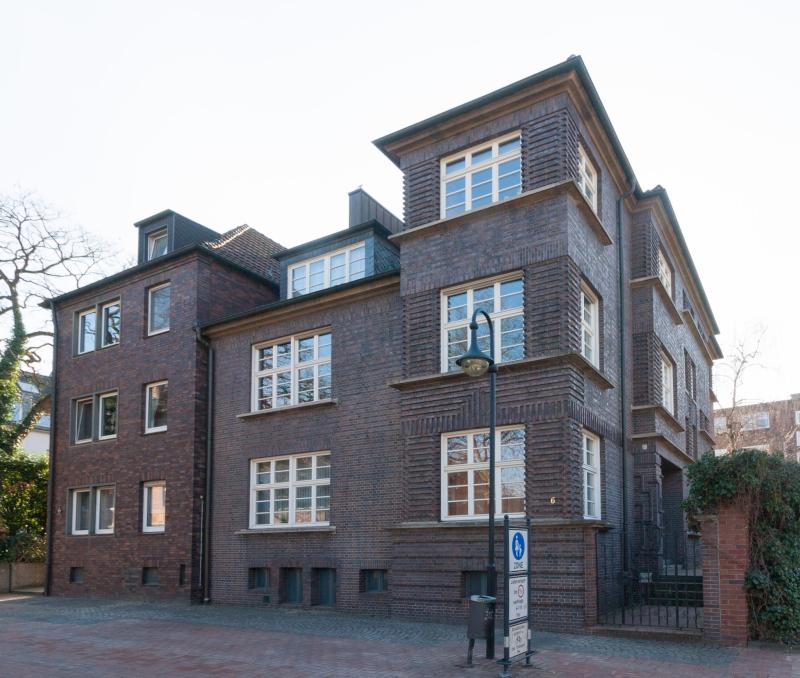Bochumer Straße 113, 45886 Gelsenkirchen
Icon legend
![]() This icon indicates an awarded building
This icon indicates an awarded building
![]() This icon indicates a listed building
This icon indicates a listed building
![]() Projects with this logo are on the UNESCO World Cultural Heritage list
Projects with this logo are on the UNESCO World Cultural Heritage list
![]() Project has been converted, renovated or extended
Project has been converted, renovated or extended
x close
![]()
![]()
1927-29 / 2021 (Umbau)
Advanced search with more criteria
Total projects: 483

45886 Gelsenkirchen
Distance: 0.26 km

45886 Gelsenkirchen
Distance: 0.35 km

45886 Gelsenkirchen
Distance: 1.46 km

45884 Gelsenkirchen
Distance: 1.87 km

46236 Bottrop
Catholic parish church Heilig Kreuz is situated in an environment of late 19th-century roadside buildings. Only the church is built to the back, leaving room for a forecourt flanked by two buildings, another part also designed by Franke and a scale-adjusted post-war building.
The massive church tower is orientated toward the forecourt, a block-like figure with a cut-in parabolic arch. Figures of the apostles are inserted into the facade; the top is a masonry Christ. The church is a reinforced concrete structure and one of the most important examples of brick expressionism in the Ruhr area.
The parable design element can repeatedly be found inside as well. Parabolic arches are found throughout the nave and are continued in lateral arcades. The windows’ ingates are also formed by parables. The sanctuary is a ceiling-high, bright room with wall paintings. Large parts of these paintings, also found in the rest of the church, had been painted over for quite some time; they were only reconstructed in 1993.
In summer 2007, the church was deconsecrated. The building was converted into a multifunctional building by 2021.
Awards:
EUROPA-NOSTRA Diploma 1996
Author: Stadt Gelsenkirchen | Referat Stadtplanung
Last changed on 23.09.2022
Categories:
Interior Architecture » Religious
Architecture » Public Buildings » Religious